Printer Cable 15M
Original price was: KSh 2,400.00.KSh 2,000.00Current price is: KSh 2,000.00.
In stock
- Length: 15 meters (49.2 feet)
- Types: USB-A to USB-B, Ethernet (RJ45), Parallel (DB25 to Centronics), Serial (RS-232).
- Material: PVC or rubber insulation for durability and protection.
- Data Transfer: USB 2.0 (up to 480 Mbps), USB 3.0 (up to 5 Gbps), Ethernet (1 Gbps+).
- Applications: Ideal for large offices, industrial settings, networked printers.
- Benefits: Extended reach, fast transfer speeds, easy setup.
- Installation: Plug-and-play
- Maintenance: Regularly check for wear, clean connectors
Printer Cable 15M
A Printer Cable 15M refers to a data transmission cable that is 15 meters long (approximately 49.2 feet) and is designed to connect a printer to a computer, laptop, or network device. This longer cable length is typically used in situations where devices need to be positioned far apart, such as large office spaces, industrial settings, or environments where the printer is located in a centralized area and needs to be accessible to multiple computers.
The 15-meter length provides the flexibility to connect devices over significant distances without compromising on connection quality. It is especially useful in commercial or industrial settings where printing needs to be done from a large area, or in a networked environment with multiple devices needing access to a single printer.
Printer cables come in several types based on the connector and communication protocol. The most common types used for connecting printers include USB, Ethernet, and Parallel cables. A 15-meter printer cable can be compatible with any of these types, providing enough length for installations in larger spaces or for connecting printers in areas where shorter cables would not suffice.
1. Basic Structure and Components
A Printer Cable 15M typically consists of the following components:
- Connectors:
- USB-A to USB-B: The USB-A connector connects to the computer or laptop, and the USB-B connector connects to the printer. This is the most common configuration for modern USB printers.
- Ethernet (RJ45): For network-enabled printers that use an Ethernet connection. This type of cable allows the printer to be connected to a local area network (LAN), allowing multiple devices on the network to access the printer.
- Parallel (DB25 to Centronics): This older connection type was used for printers with a parallel port on both the computer and the printer. While largely obsolete, it is still found in legacy systems.
- Serial (RS-232): Used for printers with a serial port connection, though this is largely obsolete in favor of USB or Ethernet cables.
- Cable Insulation:
- The outer layer of the cable is typically made of PVC (Polyvinyl Chloride) or rubber to protect the internal wires from damage and interference.
- Shielding within the cable helps to protect data transmission from electromagnetic interference (EMI), ensuring stable signal quality over the 15-meter length.
- Internal Conductors:
- Copper wires carry the data signals between the connected devices. These wires are often twisted or shielded to minimize signal loss and to ensure that data is transmitted reliably over long distances.
- Length (15M):
- The 15-meter length allows for greater flexibility in large offices, factories, warehouses, or home setups where the printer and the computer are placed far apart.
2. Types of Printer Cables
Printer cables can be categorized based on the connectors and type of data transmission:
- USB-A to USB-B Printer Cable:
- USB-A (rectangular connector) connects to the computer or laptop, and USB-B (square connector) connects to the printer.
- Provides fast data transfer rates with USB 2.0 (up to 480 Mbps) or USB 3.0 (up to 5 Gbps), making it suitable for high-speed printing tasks.
- Ethernet (RJ45) Printer Cable:
- An Ethernet cable allows network-enabled printers to be connected to a LAN, enabling multiple computers or devices to access the printer remotely.
- Provides high-speed network connectivity (typically 1 Gbps or higher), which is ideal for shared printing in office environments.
- Parallel Printer Cable (DB25 to Centronics):
- Used in older printer models that utilize parallel ports (DB25 on one end and Centronics on the other).
- Parallel connections are becoming obsolete in modern setups, with USB and Ethernet being preferred.
- Serial Printer Cable (RS-232):
- RS-232 serial cables were used for connecting printers to computers via serial ports, but this connection type has been largely replaced by USB and Ethernet.
3. Applications
The 15-meter printer cable is ideal for situations where devices are spread out across a larger space:
- Large Office Environments: In offices where printers need to be placed in a centralized location and accessed by multiple computers, the 15-meter cable ensures that distance isn’t a problem.
- Industrial Settings: In factories, warehouses, or large retail spaces, a 15-meter cable allows printers to be placed in locations that may be far from the main office or computer areas.
- Commercial Printing: Large-scale print jobs that require printers to be in specific areas, such as print shops or server rooms, benefit from the extended length of a 15-meter cable.
- Networked Printing: The Ethernet cable version allows for printers to be placed in a location that is accessible by various devices connected to the same network, ideal for multi-user environments.
- Home Offices or Studios: In large home setups or studios, this cable provides enough length to allow for more flexibility in placing the printer at a distance from the computer.
4. Key Features and Benefits
- Extended Length (15M): The longer length provides flexibility for larger setups where devices are positioned far apart, allowing for a tidy, organized workspace without the need for extra extension cords.
- High-Speed Data Transfer:
- USB 2.0 offers data transfer speeds up to 480 Mbps, while USB 3.0 provides 5 Gbps for faster communication.
- Ethernet cables offer even higher speeds (1 Gbps or more), allowing for fast printing over a network.
- Durability: The PVC or rubber insulation protects the cable from damage, and shielding inside the cable helps reduce electromagnetic interference (EMI), ensuring a stable connection over long distances.
- Compatibility: The USB-A to USB-B version is compatible with most modern printers, while the Ethernet version is perfect for networked printers in office settings. Older parallel and serial versions are still used for legacy printers but are less common.
- Easy Installation: USB and Ethernet cables are typically plug-and-play, requiring no complicated setup. Ethernet cables may require IP configuration, especially for networked printers.
5. Installation and Usage
- USB-A to USB-B:
- USB Printer Cable: Plug the USB-B connector into the printer and the USB-A connector into the computer or laptop.
- The operating system should automatically detect the printer, and you may need to install printer drivers if required.
- Ethernet (RJ45):
- For network-enabled printers, connect one end of the Ethernet cable to the printer’s RJ45 port and the other end to a router, switch, or hub in the network.
- The printer should be accessible from any device on the network once the printer is correctly configured.
- Parallel Printer Cable:
- Connect the DB25 end to the computer’s parallel port and the Centronics end to the printer’s parallel port.
- You may need to install additional software or drivers, especially for older printers.
6. Maintenance and Care
- Cleaning: Periodically wipe the connectors with a dry cloth to remove dust or dirt. Avoid using any harsh chemicals or moisture that might damage the connectors.
- Storage: Store the cable properly when not in use, preventing it from being coiled too tightly or tangled. This can prevent damage to the internal wires.
- Inspection: Regularly check for visible signs of wear, such as frayed insulation or exposed wires. If the cable is damaged, it should be replaced immediately to avoid connectivity issues.
7. Environmental and Regulatory Considerations
- RoHS Compliance: Many printer cables, including 15-meter USB and Ethernet cables, are RoHS-compliant, meaning they do not contain hazardous substances like lead, cadmium, or mercury.
- Flame Resistance: Some cables are made from flame-retardant materials, making them safer for use in environments where fire risk is a concern.
- Recyclability: Printer cables are generally made from recyclable materials, reducing environmental impact at the end of their life cycle.
The Printer Cable 15M is an essential accessory for connecting printers in large or spread-out spaces, providing the flexibility to place devices far apart without sacrificing connection quality. Whether used in offices, industrial settings, or networked environments, this extended length allows for easy integration into a variety of setups. The USB, Ethernet, and Parallel versions each offer unique advantages depending on the printer and setup, while ensuring reliable, fast, and stable data transfer. The 15-meter cable is a versatile solution for both personal and professional printing needs, providing durability, easy installation, and high compatibility with modern and legacy devices.

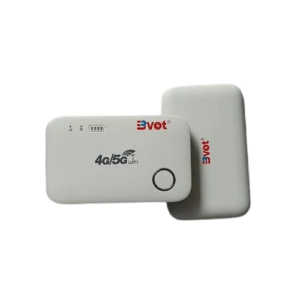
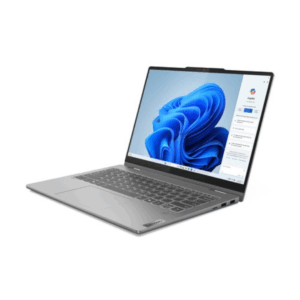
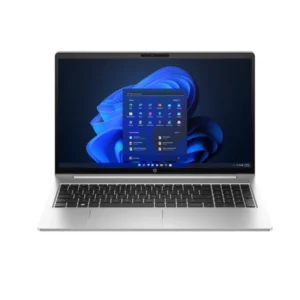
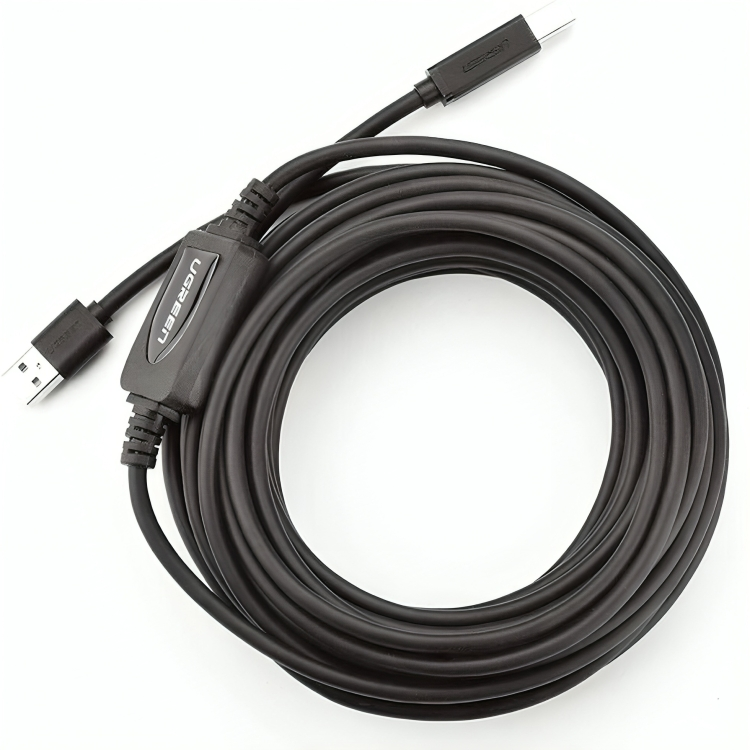

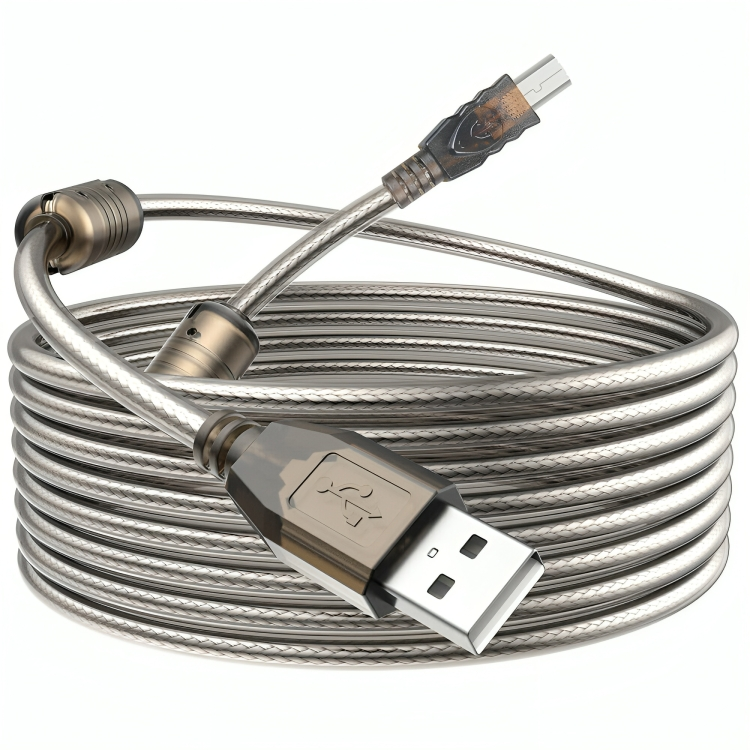
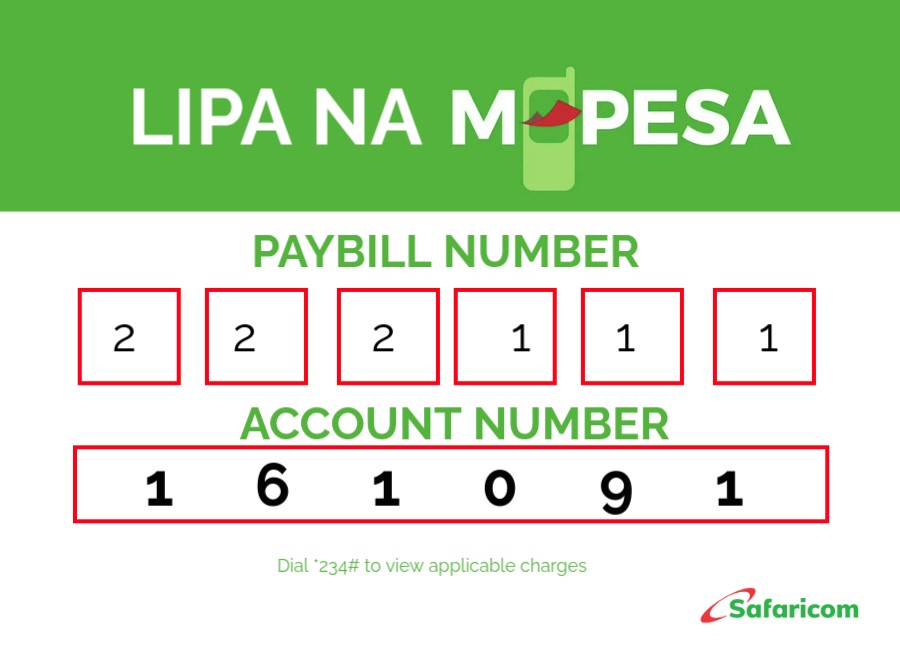
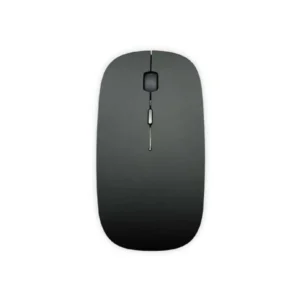
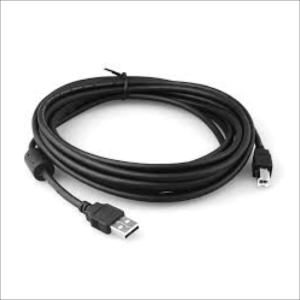
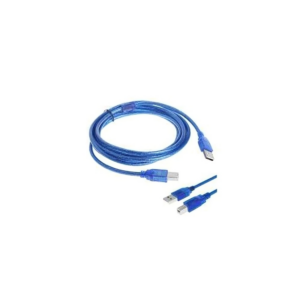

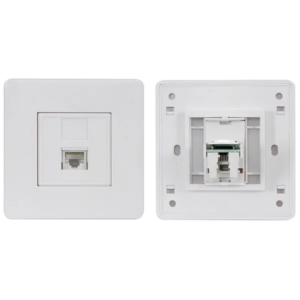
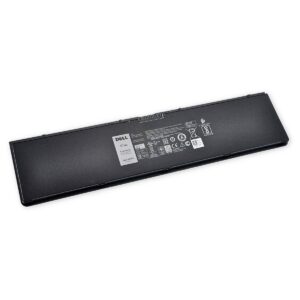

Reviews
There are no reviews yet.